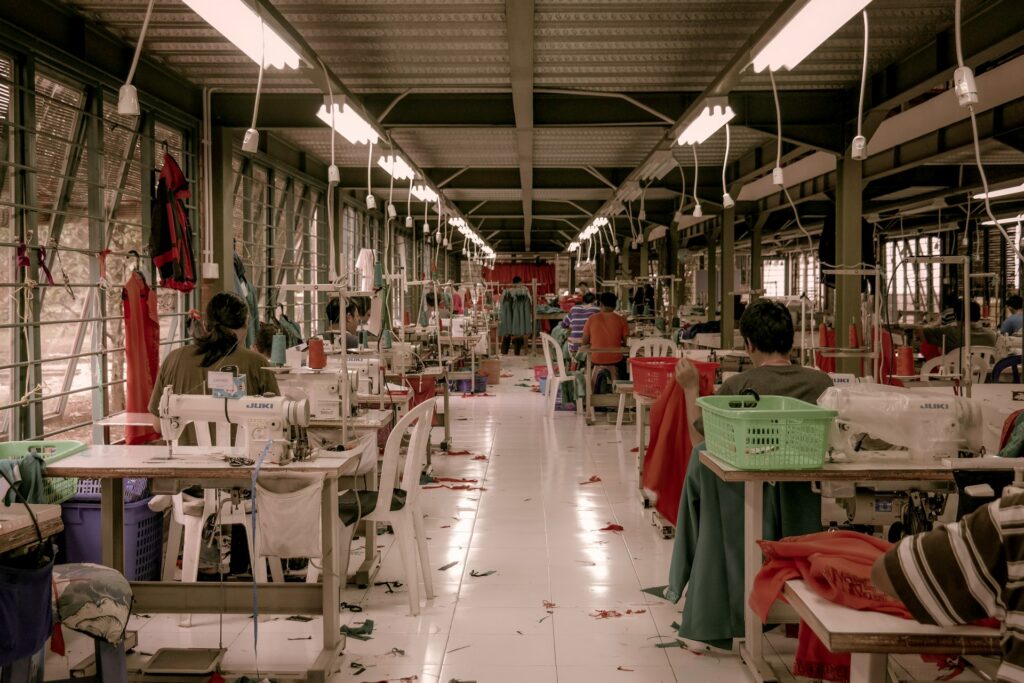In today’s world, where environmental concerns are at the forefront, the fashion industry is undergoing a significant transformation towards sustainability. This article aims to explore the multifaceted realm of fashion industry sustainability, elucidating its importance, challenges, and promising initiatives.
Understanding Fashion Industry Sustainability
Fashion industry sustainability encompasses practices aimed at reducing the environmental footprint of the fashion sector while promoting ethical production methods. This includes initiatives to minimize waste, conserve resources, and prioritize ethical labor practices.
The fashion industry plays a pivotal role in global sustainability efforts due to its substantial environmental impact. From textile production to garment manufacturing and distribution, each stage of the fashion supply chain presents opportunities for sustainable interventions.
Sustainable Materials in Fashion
One of the key pillars of fashion industry sustainability is the adoption of sustainable materials. From organic cotton and hemp to recycled polyester and innovative bio-based textiles, the industry is witnessing a shift towards eco-friendly materials that minimize environmental harm.
Embracing sustainable materials not only reduces reliance on finite resources but also mitigates pollution and waste generation associated with traditional textile production processes.
Ethical Manufacturing Practices
Ensuring ethical manufacturing practices is paramount to achieving fashion industry sustainability. This entails fair wages, safe working conditions, and respect for labor rights throughout the supply chain.
Brands are increasingly adopting certifications such as Fair Trade and B Corp to demonstrate their commitment to ethical manufacturing practices and transparency.
The Role of Technology in Sustainability
Technology plays a pivotal role in driving sustainability initiatives within the fashion industry. From blockchain-enabled supply chain transparency to 3D printing and on-demand manufacturing, technological innovations are revolutionizing the way fashion products are designed, produced, and consumed.
Consumer Awareness and Conscious Consumption
Empowering consumers with knowledge about the environmental and social impact of their purchasing decisions is crucial for fostering fashion sustainability. Encouraging conscious consumption habits, such as buying fewer but higher quality garments, can significantly reduce the industry’s environmental footprint.
Sustainable Fashion Initiatives
Across the globe, various sustainable fashion initiatives are spearheading positive change within the industry. From circular fashion initiatives promoting garment recycling and upcycling to sustainable fashion weeks showcasing eco-conscious designs, these initiatives are instrumental in driving systemic change.
Fashion Industry Sustainability: Challenges and Opportunities
While progress has been made in advancing fashion sustainability, significant challenges remain. These include addressing the complex issue of textile waste, reducing carbon emissions across the supply chain, and ensuring fair and inclusive practices for all stakeholders.
Despite these challenges, the fashion industry also presents immense opportunities for innovation and positive impact. By embracing sustainability as a core value, fashion brands can differentiate themselves in the market, build consumer trust, and contribute to a more sustainable future.
FAQs
How does fashion industry sustainability benefit the environment?
Fashion sustainability reduces environmental harm by minimizing resource consumption, pollution, and waste generation throughout the supply chain. By adopting eco-friendly materials and production methods, the fashion industry can mitigate its environmental impact and contribute to conservation efforts.
What are some examples of sustainable materials used in fashion?
Sustainable materials used in fashion include organic cotton, hemp, recycled polyester, Tencel (lyocell), and bamboo fabric. These materials are renewable, biodegradable, or made from recycled sources, making them more environmentally friendly than conventional textiles.
How can consumers support fashion industry sustainability?
Consumers can support fashion sustainability by making conscious purchasing decisions, opting for sustainable and ethically produced garments, supporting brands with transparent supply chains, and promoting a culture of reuse and recycling.
What role does technology play in advancing sustainability in fashion?
Technology enables sustainability in fashion through innovations such as blockchain for supply chain transparency, 3D printing for on-demand manufacturing, and data analytics for resource optimization. These technologies streamline processes, reduce waste, and enhance traceability, contributing to overall sustainability goals.
How can fashion brands integrate sustainability into their business models?
Fashion brands can integrate sustainability into their business models by prioritizing eco-friendly materials, adopting ethical manufacturing practices, embracing circular economy principles, and engaging in transparent communication with consumers about their sustainability efforts.
What are the key challenges facing fashion industry sustainability?
Key challenges facing fashion sustainability include textile waste management, carbon emissions reduction, water pollution, labor rights violations, and the need for systemic change within the industry. Addressing these challenges requires collaborative efforts from all stakeholders, including brands, consumers, and policymakers.
Conclusion
Fashion sustainability is not merely a trend but a fundamental shift towards a more ethical and environmentally conscious future. By embracing sustainable practices, from materials sourcing to manufacturing and consumption, the fashion industry can pave the way for a more sustainable and equitable world.

